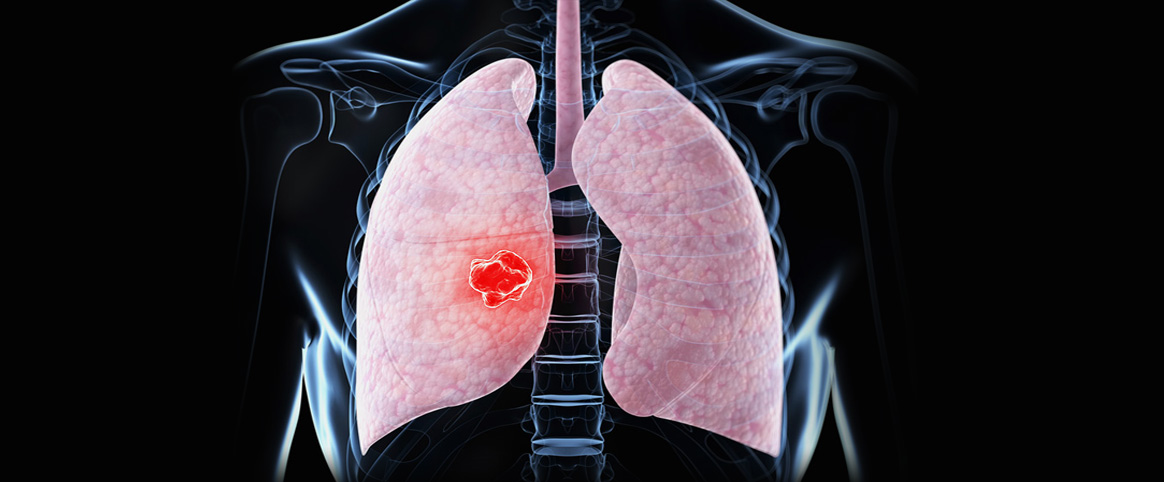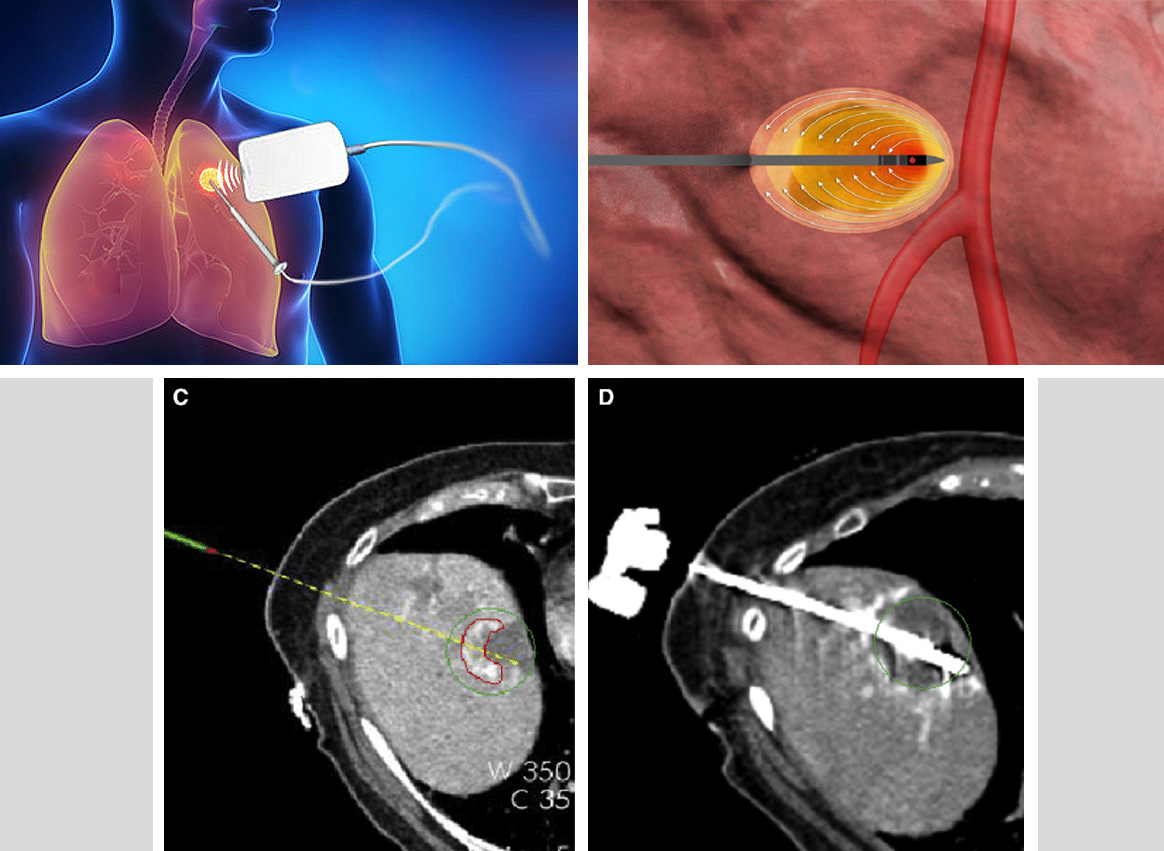



Microwave
This is the tumor tissue ablation technique using microwaves in the body. In fact, it is similar to home microwave ovens used for warming and cooking food and passes the same energy to tumors through a special antenna inserted into the lesion.
How microwave is performed
In this method, special antennas (microwave needles) will be inserted into the tumor guided by CT scan. Then, the living cancerous cells in the site will be ablated by connecting to the microwave generator and creating heating.
Priority of microwave over surgery
In the case where number of lesions in the liver is limited (less than 5 lesions) and they are small (less than 7cm), this surgery can achieve good results.
Duration of surgery
Depending of the number of lesions, this surgery takes almost 1 to 2 hours. After the operation, the patient will be controlled for 2 to 4 hours and, then, he/she will be discharged.

Microwave
This is the tumor tissue ablation technique using microwaves in the body. In fact, it is similar to home microwave ovens used for warming and cooking food and passes the same energy to tumors through a special antenna inserted into the lesion.
How microwave is performed
In this method, special antennas (microwave needles) will be inserted into the tumor guided by CT scan. Then, the living cancerous cells in the site will be ablated by connecting to the microwave generator and creating heating.
Priority of microwave over surgery
In the case where number of lesions in the liver is limited (less than 5 lesions) and they are small (less than 7cm), this surgery can achieve good results.
Duration of surgery
Depending of the number of lesions, this surgery takes almost 1 to 2 hours. After the operation, the patient will be controlled for 2 to 4 hours and, then, he/she will be discharged.

The possibility of tumor recurrence after the surgery
Tumor ablation does not mean the complete disappearance of the lesion and complete treatment because cancer cells may survive on tumor margins, leading to tumor recurrence. Thus, the patient will be examined in the next controls and, in case of recurrence, the tumor will be ablated again.
Post-operative hospitalization
This surgery is usually performed in an outpatient basis and the patient will be discharged in 2 to 4 hours. Depending on the patients condition, he/she may require hospitalization for 24 hours, which will be performed if necessary.
Post-operative bed rest
After this surgery, you will feel weakness, lethargy, anorexia, fever and, in some cases, pain in the shoulder area. These symptoms may last for 10 days. So, you will need to take rest for 7 to 10 days.
Evaluation of surgery results
If there is no particular problem, you should attend the clinic 3 months after the surgery for check-up and the next control.
Can liver tumors be destroyed is a single session using the microwave surgery?
The number of sessions will be determined according to the number and size of the liver tumors because, in each session, only 2 to 3 lesions can be ablated using the microwave technique.
Microwave impact in preventing the tumor growth
It depends on the patients admission time. If the size and number of lesions at the admission time are not excessive, surgery results will be desirable and highly effective in controlling the disease.

The Advantages of The Microwave Technique
